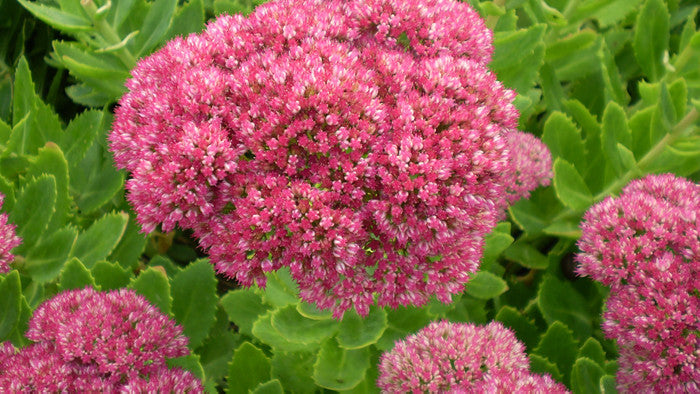Expert Guides!
Expert Guides!

Water is the most vital resource we have. With an ever growing population worldwide and less and less clean water available, it is important to act now to reduce water waste and to make our consumption more sustainable. We all have a part to play on an international scale, but what can we do to be more water wise?

We have put together a simple list of small (and large) changes you can make to help reduce water consumption in a meaningful way. By cutting back your use, you can make savings on your bills, too. We're not going to pretend that by following these tips we're going to save the world, but at least it's a start.

We couldn't write a guide on saving water without shamelessly plugging one of our products. But, in fact, drip irrigation systems are widely known to be the most efficient method for watering the garden. Compared to using a garden hose and sprinkler, you can save up to 80% water while keeping your plants healthy. Becuase the water is released slowly, you can be much more precise with how and how much is used. Use in conjunction with a water timer and you can set a drip irrigation system to activate at the best time of day to minimise water evaporation. The best time of day to water is first thing in the morning.
Mulching is one of the most important ways of improving both the quality and appearance of your soil. It needs cost you anything, and it is easy to do. Not only does it discourage the growth of weeds and improve the quality of your soil, it also helps prevent water evaporation on hot days. You can use bark, straw, garden compost or well-rotted manure to help improve the condition of your soil. In containers and hanging baskets, you could mix in water-retentive compost to help further reduce the need for regular watering.

We all know that rainwater can be used to water the garden, but little know about reusing grey water. Greywater is merely water used in domestic tasks, such as bathing or washing clothes. Collecting rainwater is simple enough, and a lot of people already do this with the utilisation of a water butt. Harvesting grey water takes a bit more effort. You can either collect water using a bucket to redirect to the garden or install outlet pipes. Knowing this is possible is half the battle, determining how to do it is another thing. Hopefully in the next few months we can write a guide especially for collecting greywater.

Planting flowers that need less water is an excellent way to reduce water consumption and save time spent watering in the garden. There is a considerable range available that can withstand dry conditions once established. For a comprehensive list of drought-tolerant plants to help you plan your next planting scheme, see this list compiled by The RHS. There are some beautiful varieties out there, so there is no excuse to try and include some in your garden
For those that don't want to invest in a drip irrigation system, you can still use less water in the garden. This depends a lot on the soil type, as sandy soil needs more frequent watering than heavy clay soil. The RHS have a rule of thumb of 24 litres of water per square metre of soil seen every 7-10 days is sufficient to keep plants growing. It's also important to ensure you are delivering the water right, too. Don't spread water all over the foliage. Try to provide the water direct to the soil as this is where the plants soak up the nutrients required for their health.

A dripping tap can waste up to 15 litres of water per day, or 5500 litres of water per year. This is an enormous amount, and can easily be fixed by a recommended plumber, or if you fancy it, DIY. See this guide on how to mend a dripping tap. Leaky toilets are just as wasteful, too, but not as easy to detect. Check if a toilet is leaking by adding food colouring to the toilet cistern, wait an hour and check to see if any dye has run into the bowl.
There are around 45 million toilets in UK homes – this equates to flushing an estimated 2 billion litres of water every day! About 30% of total water used in the household is through toilet flushing. The first thing you can consider is installing a dual flush on your toilet. This allows you to choose how much water to use. A dual flush toilet typically uses 4-6 litres per use compared to the traditional types using 13 litres per flush.
If you don't fancy forking out for a new toilet, you can also use a displacement device in the toilet cistern. Using one of these can save about 1 litre of water per flush and are very easy to install. These are available for free from most UK water companies.
This might sound like an advert for a water company, but I promise it's not. If you are really keen to reduce water consumption (and reduce your utility bills), installing a water meter is great. You can keep track of how much water you are using, and it provides added incentive to cut water wastage. By making the switch, your bills will no longer be estimated, and if you are making the effort to reduce consumption, your wallet will thank you.

Here is a quick list of water saving tips in the kitchen:
And here is a quick list of water saving tips in the bathroom:
We hope we have helped inspire you to me more water wise at home. If you have any ideas you'd like to share with us, leave us a comment below.
Leave a comment